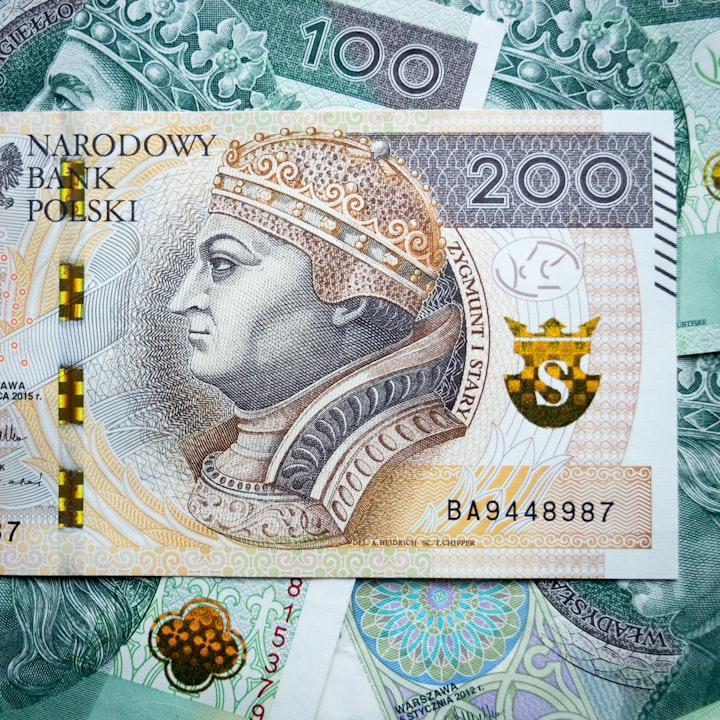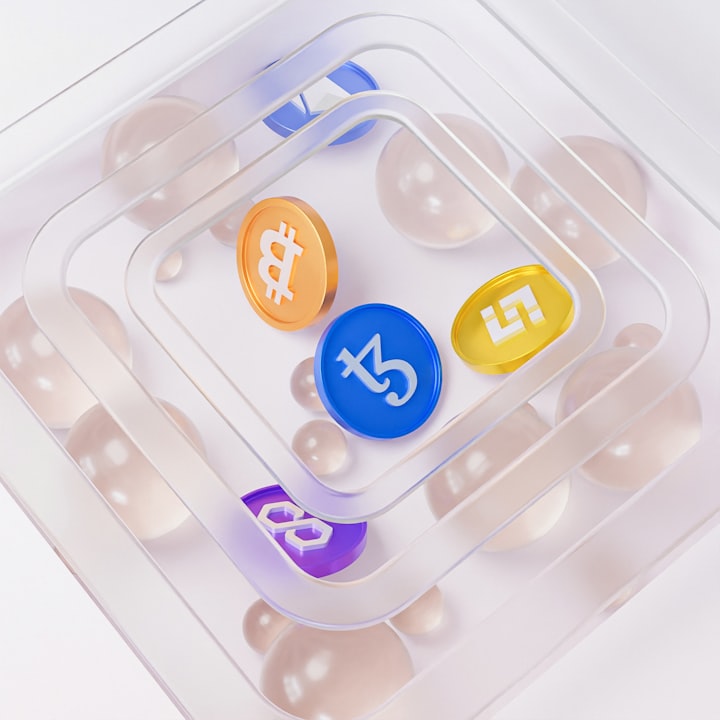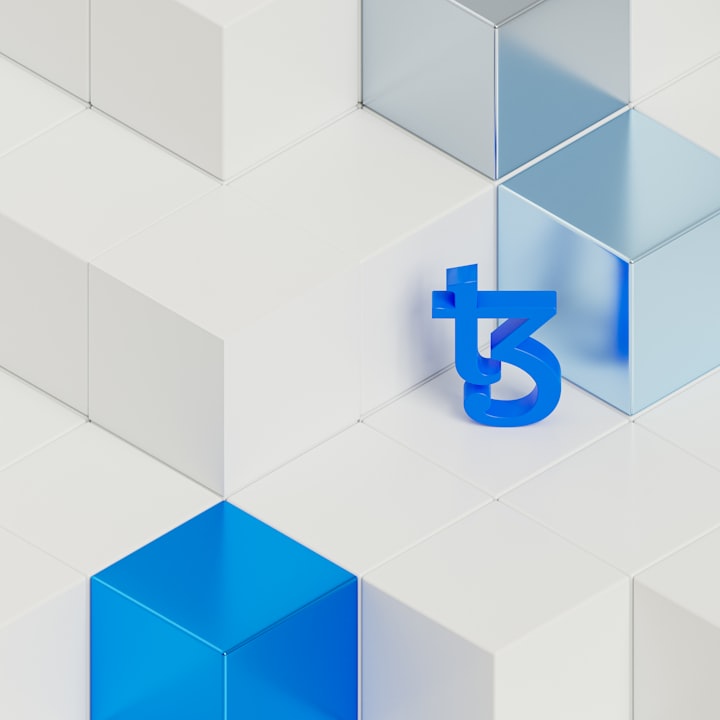Why Didn't Low Interest Rates Trigger High Inflation?
Explore how low interest rates, debt deleveraging, and monetary policies have impacted inflation dynamics and economic behaviors.

A decade after the global financial crisis of 2008, the world found itself in a prolonged period of ultra-low interest rates and quantitative easing.
This unprecedented monetary policy sparked concerns of looming hyperinflation.
However, despite the flood of cheap money into the economy, inflation remained subdued.
So why didn't we experience high inflation during this time, and how did it differ from 2020?
Debt Deleveraging and Economic Stimulus
Following the 2008 crisis, households and businesses focused on reducing their debt levels, generating a drag on consumer spending and overall economic activity.
This debt deleveraging acted as a counterbalance to the stimulative effect of low interest rates and money printing, effectively dampening inflationary pressures.
Shift in Demand Dynamics
Moreover, the aftermath of the financial crisis saw a shift in demand dynamics, as consumers and businesses prioritized thrift and savings over conspicuous consumption.
This preference for savings and investment over consumption mitigated the potential inflationary impact of excess liquidity.
Divergent Monetary Policies
In the wake of the 2008 crisis, central banks adopted accommodative monetary policies to stimulate economic growth and employment.
However, the containment of inflation became the primary focus, leading to a cautious approach to interest rate adjustments and a vigilant stance against any signs of overheating in the economy.
2020: A Different Economic Landscape
Fast forward to 2020, the COVID-19 pandemic unleashed a unique set of circumstances.
Unlike the post-2008 period, the pandemic-induced economic downturn was met with aggressive fiscal and monetary responses aimed at combating the sudden stop in economic activity.
The combination of fiscal stimulus, direct payments to individuals, and record-low interest rates resulted in a sharp increase in money supply and government debt levels, creating concerns about potential inflationary risks.
The Complex Interplay
While low interest rates and money printing can be potent drivers of inflation under certain conditions, the subdued inflationary outcomes of the 2008-2016 period underscore the complexity of inflation dynamics in a post-crisis environment.
The interplay of debt deleveraging, shifting demand patterns, and divergent monetary policies played pivotal roles in shaping the inflation landscape during this period, setting it apart from the economic landscape of 2020.
Perhaps understanding the intricate interplay of monetary policies and economic behaviors holds the key to unraveling the legacy of low interest rates without stoking inflation in a post-crisis world.






